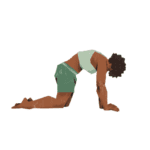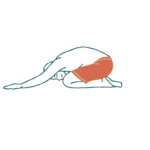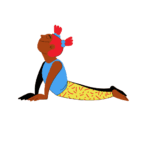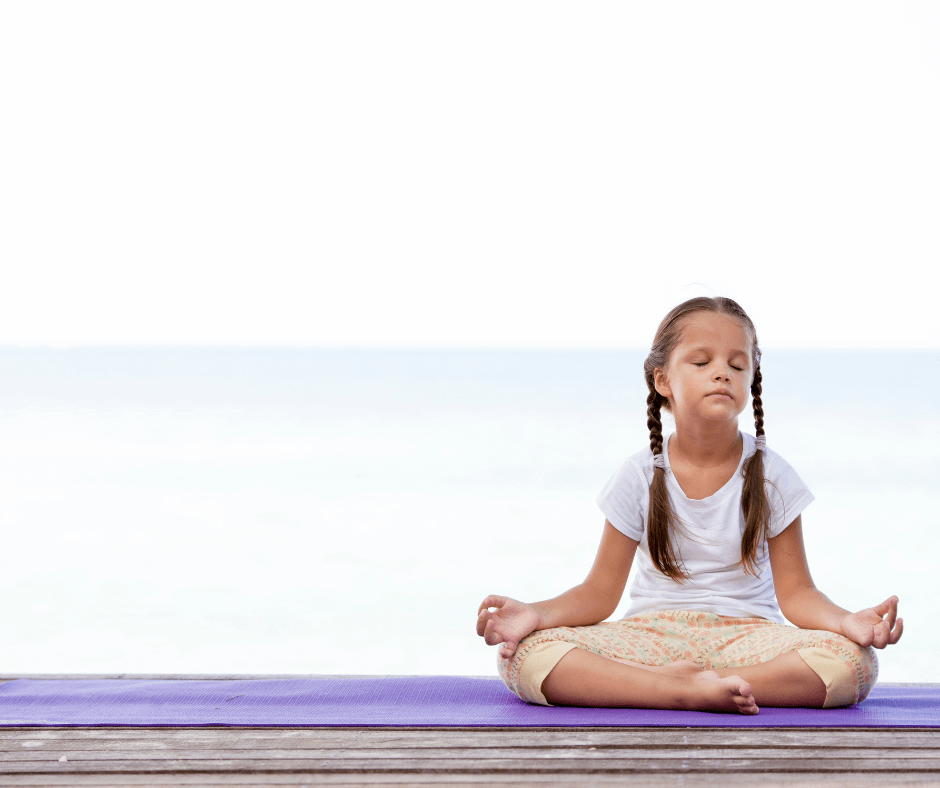Children are increasingly exposed to stress and distractions in today’s fast-paced and high-pressure environment. Integrating yoga and mindfulness for kids into their routines can be an effective way to help them develop calmness, focus, and emotional resilience. This guide explores the benefits, methods, and practical tips for introducing these practices to children.
Table of Contents
ToggleBenefits of Yoga and Mindfulness for Kids
- Emotional Regulation: Yoga and mindfulness teach children to understand and manage their emotions, reducing anxiety and improving overall emotional health.
- Improved Focus and Concentration: Mindfulness practices enhance a child’s ability to concentrate and stay on task, positively impacting academic performance.
- Physical Health: Yoga promotes physical fitness, flexibility, and coordination, contributing to overall physical well-being.
- Stress Reduction: Both yoga and mindfulness help reduce stress levels by encouraging relaxation and providing tools to manage stress effectively.
- Self-Awareness: These practices increase self-awareness, helping children understand their thoughts, feelings, and bodily sensations.
Introducing Yoga and Mindfulness for Kids
Key Principles
- Make it Fun: Use animal poses, storytelling, and games to keep yoga engaging and enjoyable.
- Keep Sessions Brief: As youngsters feel more at ease, progressively extend the sessions from 5 to 10 minutes.
- Use Visual Aids: Illustrated yoga cards, videos, and books can help children visualize and understand the poses.
Basic Yoga Poses for Kids
Tree Pose (Vrksasana): Improves balance and concentration.
 Cat-Cow Pose (Marjaryasana-Bitilasana): Encourages flexibility and coordination.
Cat-Cow Pose (Marjaryasana-Bitilasana): Encourages flexibility and coordination.

Child’s Pose (Balasana): Promotes relaxation and stress relief.
 Downward-Facing Dog (Adho Mukha Svanasana): Strengthens muscles and improves circulation.
Downward-Facing Dog (Adho Mukha Svanasana): Strengthens muscles and improves circulation.

Cobra Pose (Bhujangasana): Enhances spinal flexibility and opens the chest.

Introducing Mindfulness to Kids
Key Principles
- Be Present: Encourage children to focus on the present moment without judgment.
- Use Simple Language: Explain mindfulness concepts in a way that is easy for children to understand.
- Incorporate into Daily Routines: Embed mindfulness practices into everyday activities like eating, walking, or even during classroom transitions.
Simple Mindfulness Exercises for Kids
- Breathing Exercises: Teach deep breathing techniques such as belly breathing or the 4-7-8 method to help children calm their minds.
- Mindful Listening: Have children close their eyes and focus on the sounds around them for a few minutes.
- Body Scan: Guide children to pay attention to different parts of their bodies, noticing sensations without trying to change anything.
- Gratitude Practice: Encourage children to think of or write down three things they are grateful for each day.
- Mindful Coloring: Use coloring books or mandalas to help children focus on the present moment through art.
Practical Tips for Parents and Educators
- Lead by Example: Practice yoga and mindfulness yourself to set a positive example for children.
- Create a Calm Environment: Set up a quiet, comfortable space for yoga and mindfulness activities.
- Be Patient and Flexible: Children may take time to adapt to these practices. Be patient and adjust activities to fit their interests and energy levels.
- Encourage Regular Practice: Consistency is key to developing these habits. Aim for regular, short practice sessions.
- Celebrate Progress: Recognize and celebrate small milestones and improvements to keep children motivated.
Resources
- Books: “Yoga for Children” by Lisa Flynn, “Mindful Games” by Susan Kaiser Greenland.
- Apps: “Cosmic Kids Yoga,” “Headspace for Kids.”
- Websites: GoNoodle, Kids Yoga Stories.
Conclusion
Yoga and Mindfulness for kids can teach useful skills that will help them deal with the challenges of modern life. We can assist children in gaining the emotional stability, calmness, and attention they require to flourish by incorporating these techniques into their everyday routines. Parental and educational approaches that are age-appropriate, exciting, and engaging can have a major positive impact on children’s well-being.
Related Topic: Effects of YouTube Shorts on Kids: What Parents Need to Know

